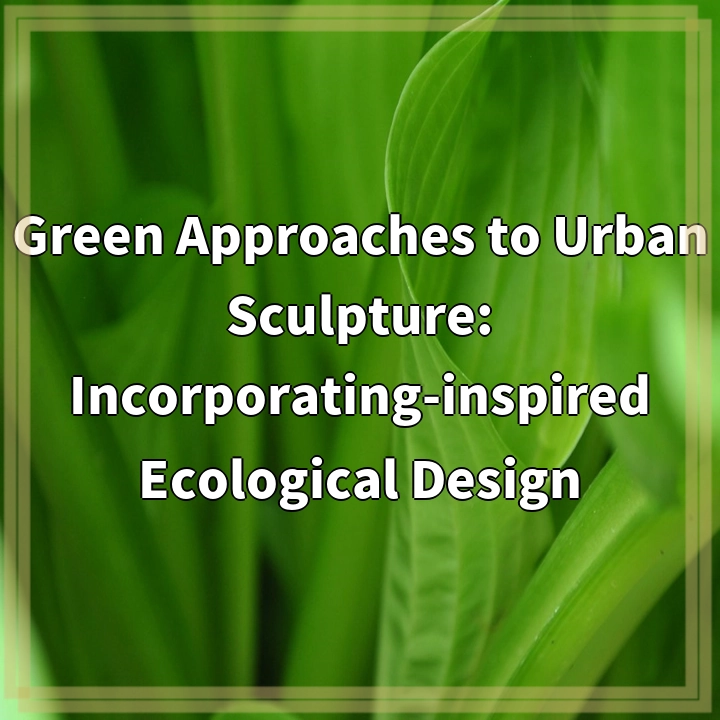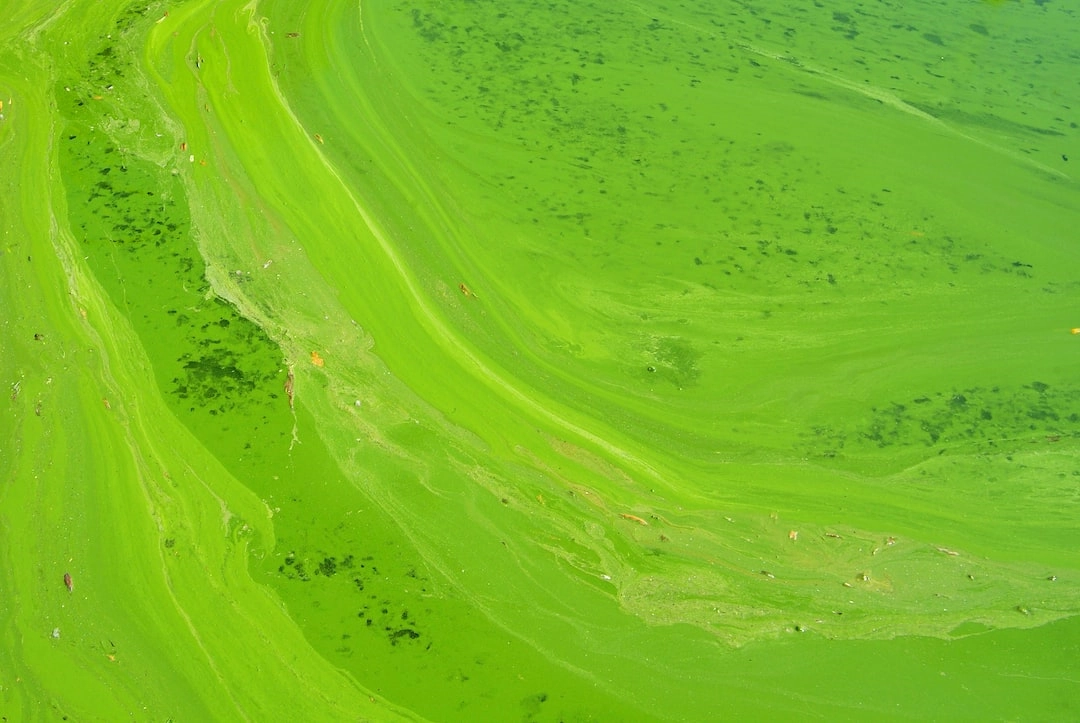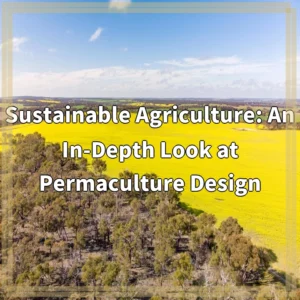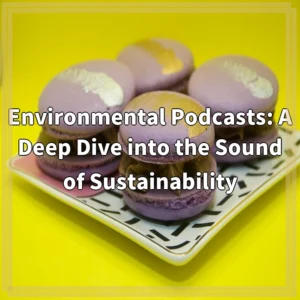
What is Green Approaches to Urban Sculpture: Incorporating-inspired Ecological Design?
Green Approaches to Urban Sculpture: Incorporating-inspired Ecological Design is a concept that advocates for the integration of environmentally-friendly practices in the design and implementation of urban sculptures. Traditional urban sculptures often prioritize aesthetic appeal over ecological considerations, leading to various environmental issues. However, with the growing concern for sustainability and the need to reduce our ecological footprint, there has been a shift towards incorporating green approaches in urban sculpture design.
Real-World Problems Associated with Green Approaches to Urban Sculpture
While Green Approaches to Urban Sculpture offers numerous benefits, there are also real-world problems that need to be addressed. These include:
1. Limited Space and Infrastructure:
In urban areas, space is often limited, and there might not be adequate infrastructure to support the implementation of green approaches to urban sculpture. This can include issues with water supply, lack of suitable soil for planting, and limited access to renewable energy sources.
2. Cost Implications:
Implementing green approaches in urban sculpture design can be more costly compared to traditional methods. This includes the use of sustainable materials, installation of irrigation systems, and maintenance of green elements. Balancing the budget while achieving ecological objectives can be a challenge for urban planners and artists.
3. Maintenance and Upkeep:
Green urban sculptures require regular maintenance and upkeep to ensure their long-term viability. This includes watering, pruning, pest control, and monitoring the health of plant life incorporated into the sculpture. Lack of proper maintenance can lead to the deterioration of both the sculpture and its ecological elements.
4. Climate and Location Challenges:
The success of green approaches to urban sculpture heavily depends on the climate and location. Extreme temperatures, water scarcity, and unfavorable soil conditions can pose challenges to the survival and growth of plants used in the sculptures. Adapting designs to suit local conditions is essential for achieving sustainable results.
Despite these challenges, Green Approaches to Urban Sculpture holds significant potential for enhancing the aesthetic beauty of urban spaces while addressing ecological concerns. Through innovative design, effective planning, and ongoing maintenance, urban sculptures can become symbols of environmental stewardship and contribute to the creation of sustainable cities.

Solutions for Green Approaches to Urban Sculpture
Addressing the real-world problems associated with Green Approaches to Urban Sculpture requires innovative solutions and careful planning. Here are some strategies that can help overcome these challenges:
1. Collaboration and Planning:
Bringing together urban planners, artists, architects, and environmental experts is crucial for effective collaboration and planning. By working together, they can address space limitations, identify suitable locations, and ensure the necessary infrastructure is in place to support green approaches.
2. Funding and Resource Allocation:
Securing adequate funding and allocating resources specifically for the implementation and maintenance of green urban sculptures is essential. This can involve seeking grants, sponsorships, or public-private partnerships to cover the higher costs associated with ecological design and ongoing maintenance.
3. Adaptive Design and Plant Selection:
Considering the specific climate and location factors is important when designing green urban sculptures. Utilizing native plant species that are well-adapted to the local conditions can increase their chances of survival and reduce the need for excessive watering or soil modification. Incorporating drought-tolerant plants and using sustainable irrigation systems can also help minimize water consumption.
4. Education and Community Engagement:
Raising awareness among the community about the benefits and importance of green approaches to urban sculpture is vital. Engaging the public through educational programs, workshops, and community involvement can foster a sense of ownership and encourage participation in the maintenance and care of these artistic and ecological installations.
By implementing these solutions, Green Approaches to Urban Sculpture can overcome real-world challenges and make significant contributions to the overall sustainability and aesthetic appeal of urban environments. With careful planning, ongoing support, and community engagement, these sculptures can serve as powerful symbols of harmony between art and nature.















